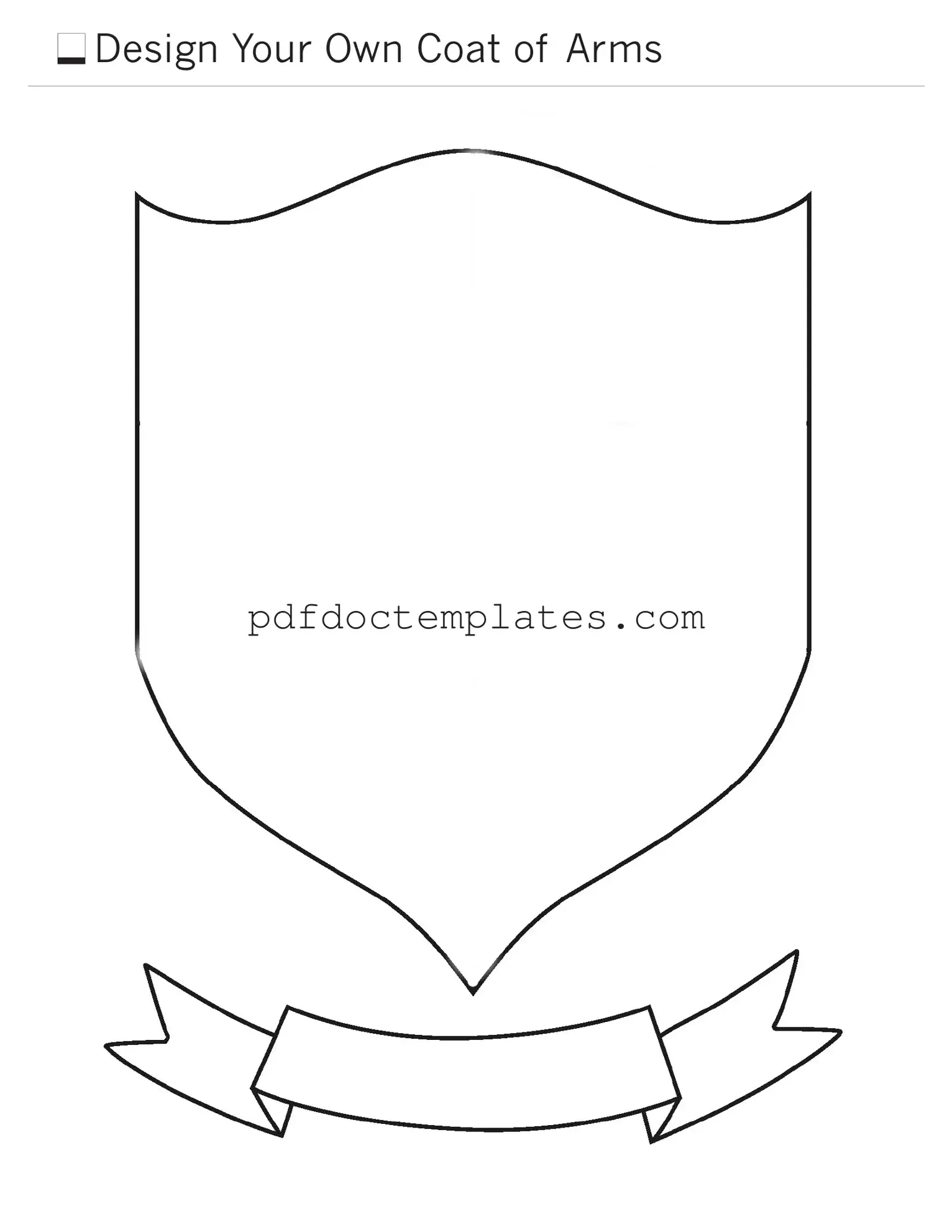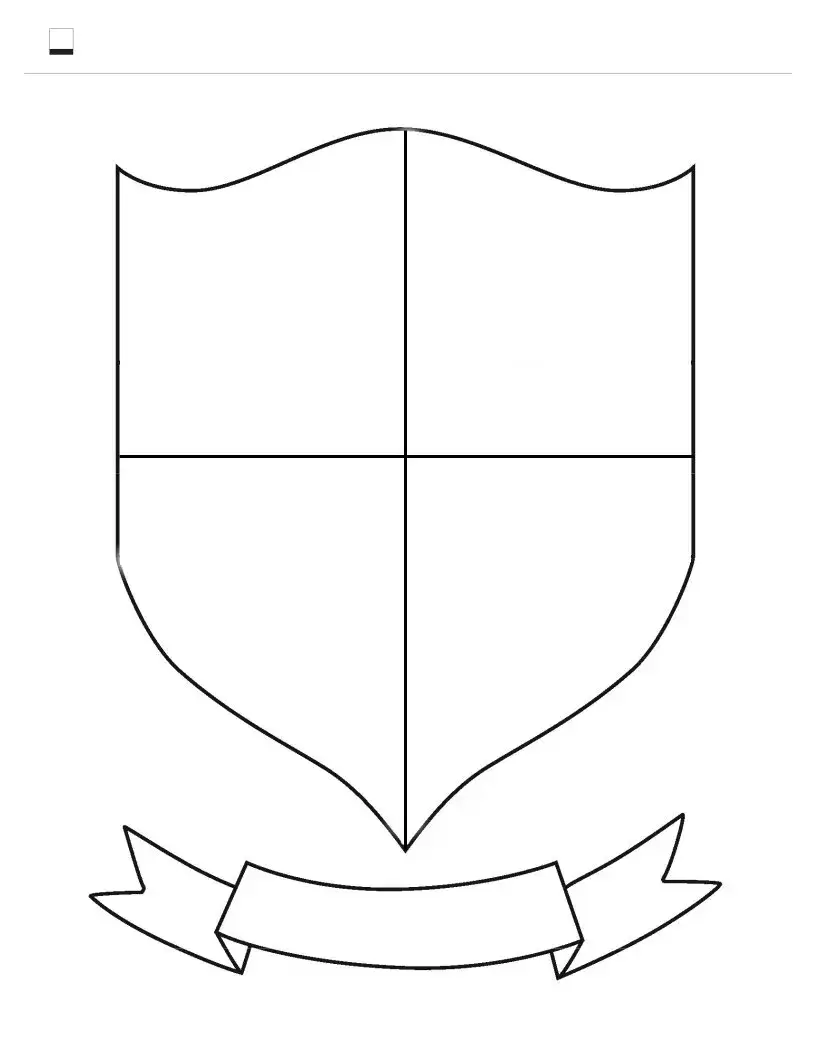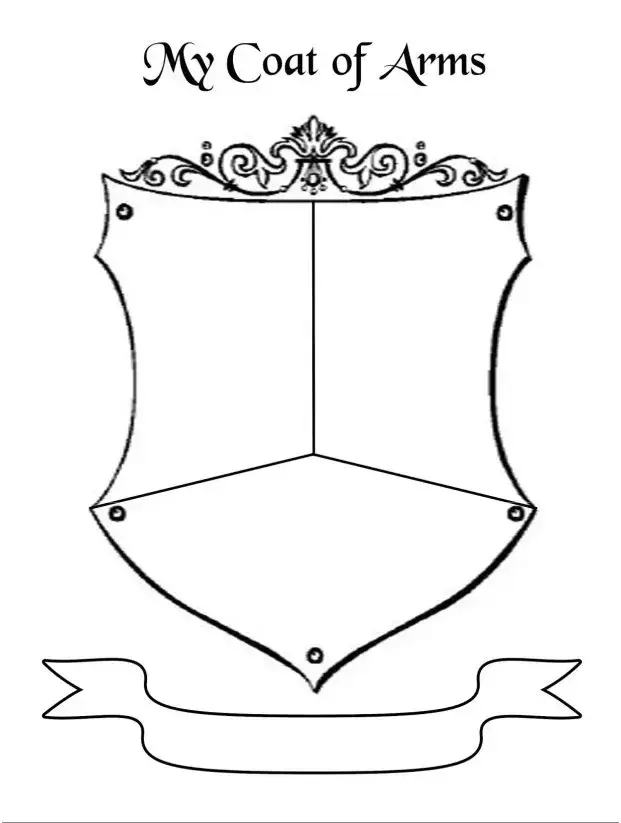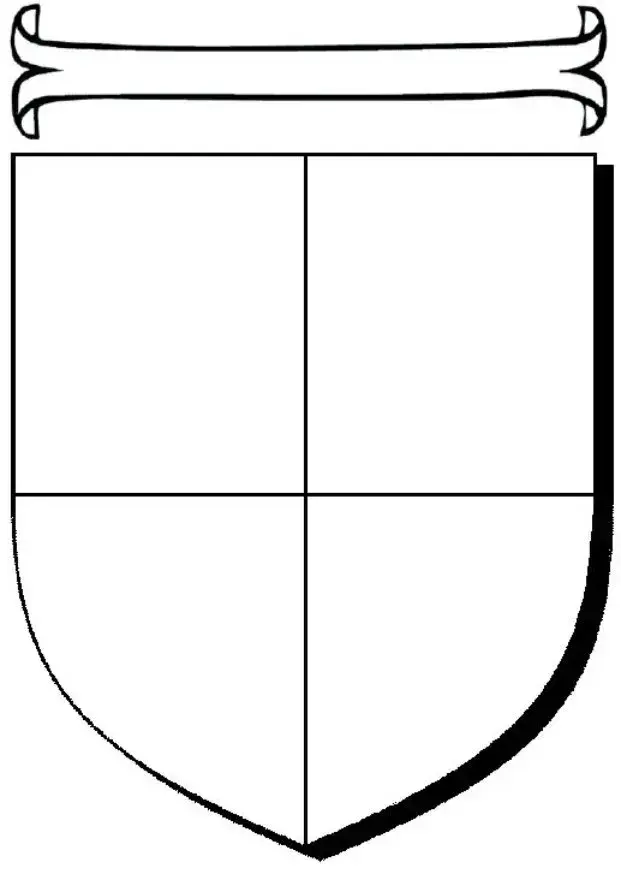Download Coat Of Arms Template
The Coat of Arms form is a document used to request the creation or registration of a personal or family coat of arms. This form ensures that your heraldic symbols are officially recognized and protected. To begin the process, fill out the form by clicking the button below.
Access Your Document





